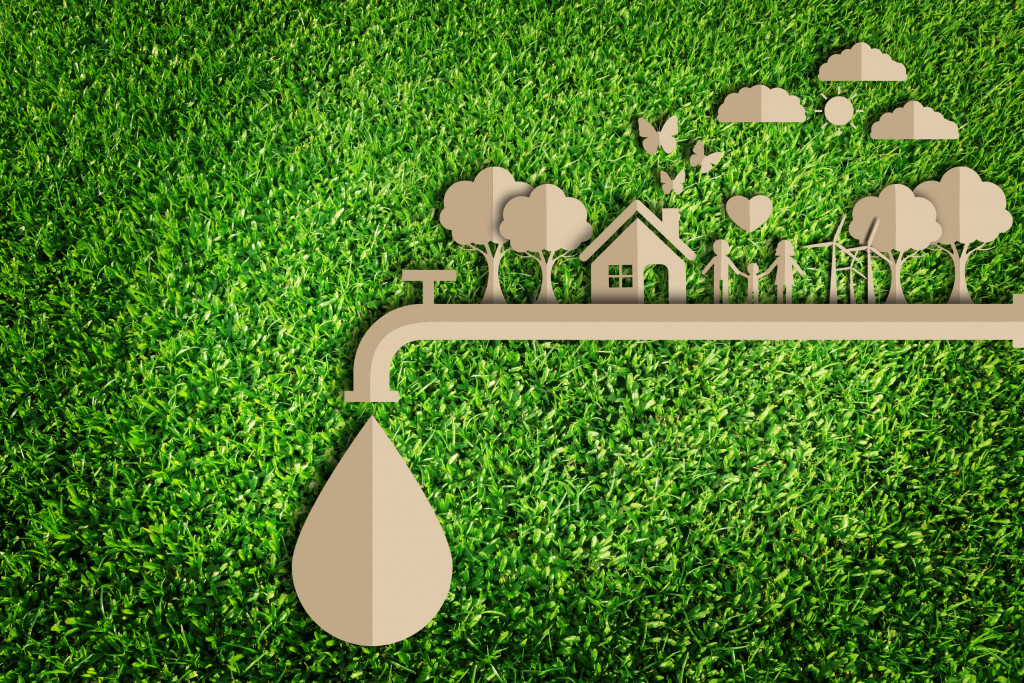If you want to renovate your home, always choose to remodel than to build it from scratch. Many homeowners think that merely demolishing an old house and constructing a new one is the safest and most cost-effective way of rebuilding a home. But what it does is hurt the environment and continue to deplete the already dwindling natural resources. At the very least, homeowners should be mindful of how a simple remodeling or renovating project can put an unneeded and never-ending strain on the environment.
Why shouldn’t homeowners be responsible for the environment, too? Everyone needs the environment to survive. It doesn’t take an environmentalist to save the Earth. Everyone needs to contribute to saving it, and that includes even in the tiniest detail of your life such as a home renovation.
It’s important to recycle and upcycle materials in the old home than fill the landfills with them. Think strategically about what materials you can use from your old home and to your new home. Keep and reuse as many materials as you can. Not only will this save money in the long run, but it will also reduce the waste that you produce.
As for those you cannot reuse or recycle, there are always sustainable building materials. They will make it possible to build an eco-friendly home. From stone to sheep wool to mushrooms, there is no shortage of sustainable building materials that you can pick.
Stone
Natural stone is one of the oldest sustainable materials on Earth. Some of the oldest rocks in the world date back as far as four billion years ago. This is a testament to the lifespan of natural stones. The durability of building materials is one of the metrics used to measure whether the material is sustainable or not.
You can reuse the stone from your old home to remodel your new home. You can also use stones to decorate your home. In the kitchen, choose a stone countertop. In the living room, build your fireplace with a combination of natural stones and bricks.
Rammed Earth
Instead of concrete, you can choose to use rammed earth instead. It’s a low-carbon technique that uses soil and binder to create a hard and durable surface. To make it more stable and compact, manufacturers put pressure on the layers of earth. They also use waste materials from quarries. It’s an excellent replacement for conventional concrete masonry.
Bamboo
Bamboo grows quickly, which makes it a great alternative to wood. This means that even if you harvest bamboo, which is a type of grass, the environment can quickly replace what is lost. Depending on the type of bamboo and the region, it can grow up to three feet per day. Trees can only be harvested every 25 to 50 years, making it more expensive than other types of construction materials.

Wool
Most homes have foam insulation, but the better and more sustainable material for insulation is sheep’s wool. It has a 10% greater insulating factor than fiberglass insulation. It can also absorb, retain, and release moisture. This means that your homes will be warmer in winter and cooler in summer. But the benefits of using wool for insulation don’t stop there. It can improve your indoor air quality by removing harmful contaminants such as formaldehyde, sulfur dioxide, and nitrogen oxide from the air.
Solar Tiles
Before, solar panels are the size of dinner tables. You have to put those ugly dinner tables on your roof, which affects the curbside appeal of your home. Thanks to technology, solar panels now come in tiles. They look like your ordinary roof shingles only that they can generate energy from the heat of the sun. These solar tiles can blend seamlessly with traditional roof tiles. And when paired with a solar wall inside your home, they can power up your property without drawing power from the grid.
Mushroom
When turned into building materials, mushroom roots or mycelium is stronger than concrete and more insulated than fiberglass. And when it reaches the end of its lifespan, it is also compostable. The use of mushrooms in the construction industry will reduce the impact the industry has on the environment. Mushrooms grow without the need for external light sources. It grows on its own and even benefits environmental conditions.
When remodeling your home, work with your contractor to do it sustainably. There is no need to put undue pressure on the environment for you to renovate your home. It’s these little things that will make such a positive impact on the protection of natural resources.






